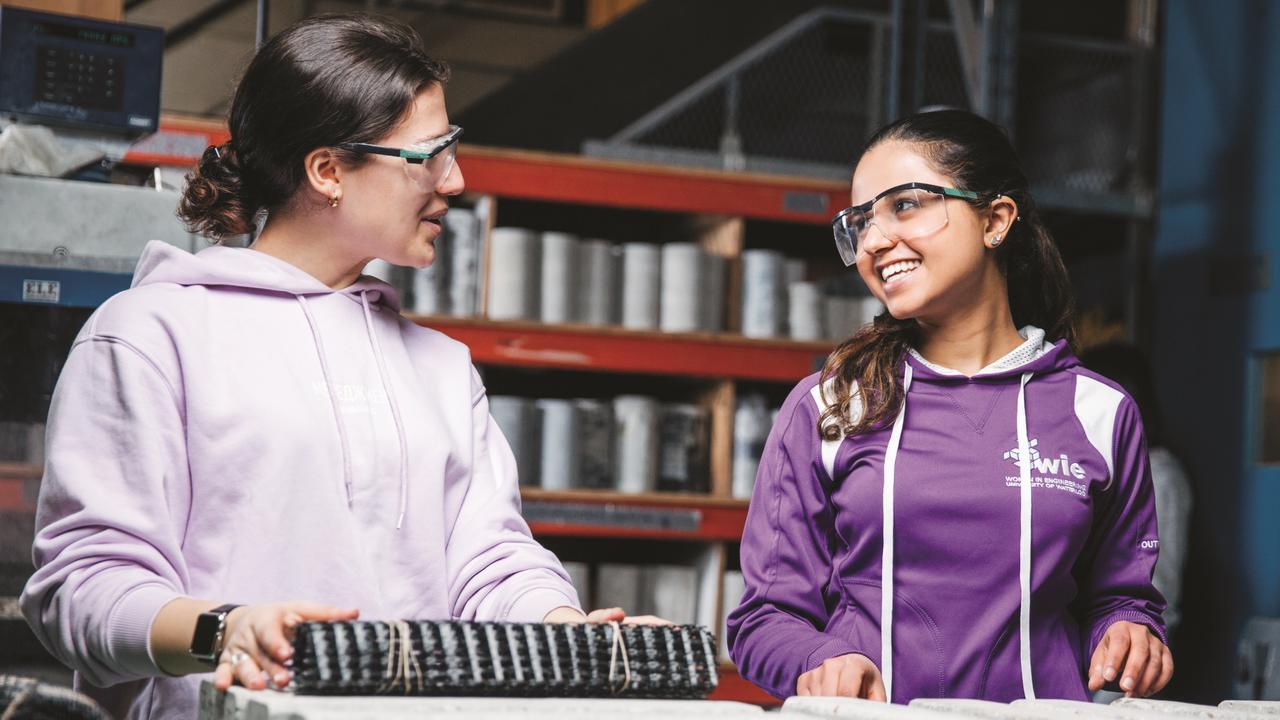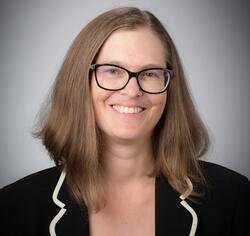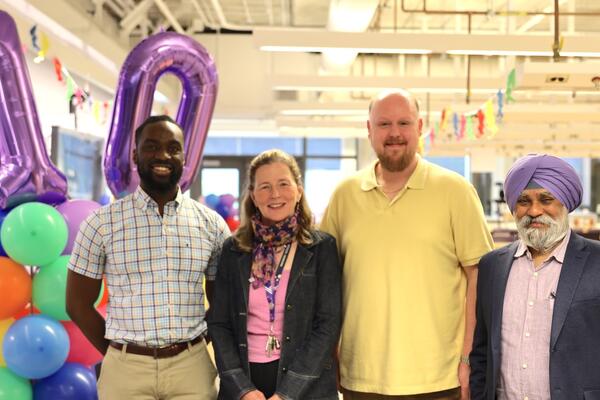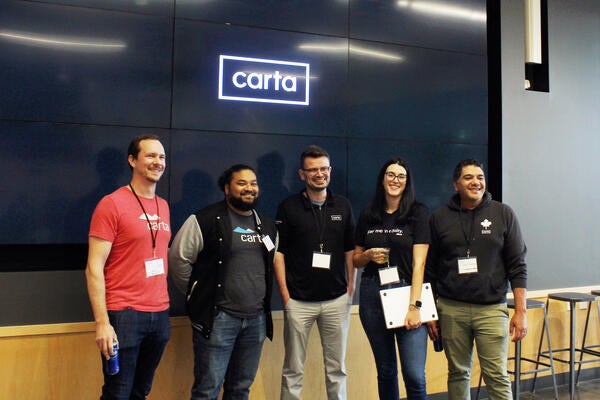
Advocating for diversity and inclusion in engineering
Alumnus heads the Ontario Network of Women in Engineering

Alumnus heads the Ontario Network of Women in Engineering
The 1989 targeted massacre of 14 women at École Polytechnique in Montreal was the deciding factor for Kim Jones (BASc '95, chemical engineering) choosing to study engineering rather than science for her undergraduate degree.
She wanted to prove women deserve a place in engineering because, in her words, “they are every bit as smart and capable as any man.”
During her time as a Waterloo student, part of which she served as VP External for the Engineering Society, Jones was a passionate advocate for diversity and inclusion in engineering.
In what she calls her "twisted educational path", Jones finished her Waterloo degree in 1995, went on to complete a master’s in biology at the University  of Guelph and then a doctorate in biomedical engineering at the University of Toronto.
of Guelph and then a doctorate in biomedical engineering at the University of Toronto.
In 2003, she joined McMaster University as a chemical engineering professor and biomaterials researcher.
Alumnus Kim Jones heads the Ontario Network of Women in Engineering
Besides teaching chemical engineering, Jones developed and offers an undergraduate course called Inclusion in the Engineering Workplace and serves as chair of McMaster’s Women in Engineering (WiE) committee.
Three years ago, she also became chair of the Ontario Network of Women in Engineering (ONWiE) program, succeeding Mary Wells, Waterloo’s dean of engineering.
Formed in 2005, ONWiE is a network of 16 schools of engineering from across the province working collaboratively to support current and future women engineers and students.
Jones’ focus during her five-year term as chair is to inspire young women to consider engineering as a profession and increase the number of female applicants in engineering programs at Ontario universities.
“I feel compelled, like many other women and men in my profession, to build on the progress we have made since 1989, and to continue to shape engineering into a field characterized by balance and inclusivity,” she says. ”I really want to let people know the wide range of possibilities engineering has to change the world around them.”
Jones grew up with built-in role models – her father was an engineer and her mother completed an undergraduate degree in math and master’s degrees in computer science and business management – and wants to ensure other young women have the same type of support.
She encourages Waterloo women graduates to become professional ONWiE ambassadors and virtual mentors.
“The ambassador program features different women engineers who provide details on the kind of work they’re doing and advice to aspiring young engineers,” she says. “We love to highlight the amazing work Waterloo alumnae have accomplished.”

Read more
Here are the people and events behind some of this year’s most compelling Waterloo stories

Read more
The Pearl Sullivan Engineering IDEAs Clinic marks a decade of delivering experiential learning embedded in the real world and mentored by industry professionals

Read more
From AI-powered cap tables to complex valuation tools, Waterloo co-op students drive Carta’s innovation while shaping its engineering talent strategy
The University of Waterloo acknowledges that much of our work takes place on the traditional territory of the Neutral, Anishinaabeg, and Haudenosaunee peoples. Our main campus is situated on the Haldimand Tract, the land granted to the Six Nations that includes six miles on each side of the Grand River. Our active work toward reconciliation takes place across our campuses through research, learning, teaching, and community building, and is co-ordinated within the Office of Indigenous Relations.